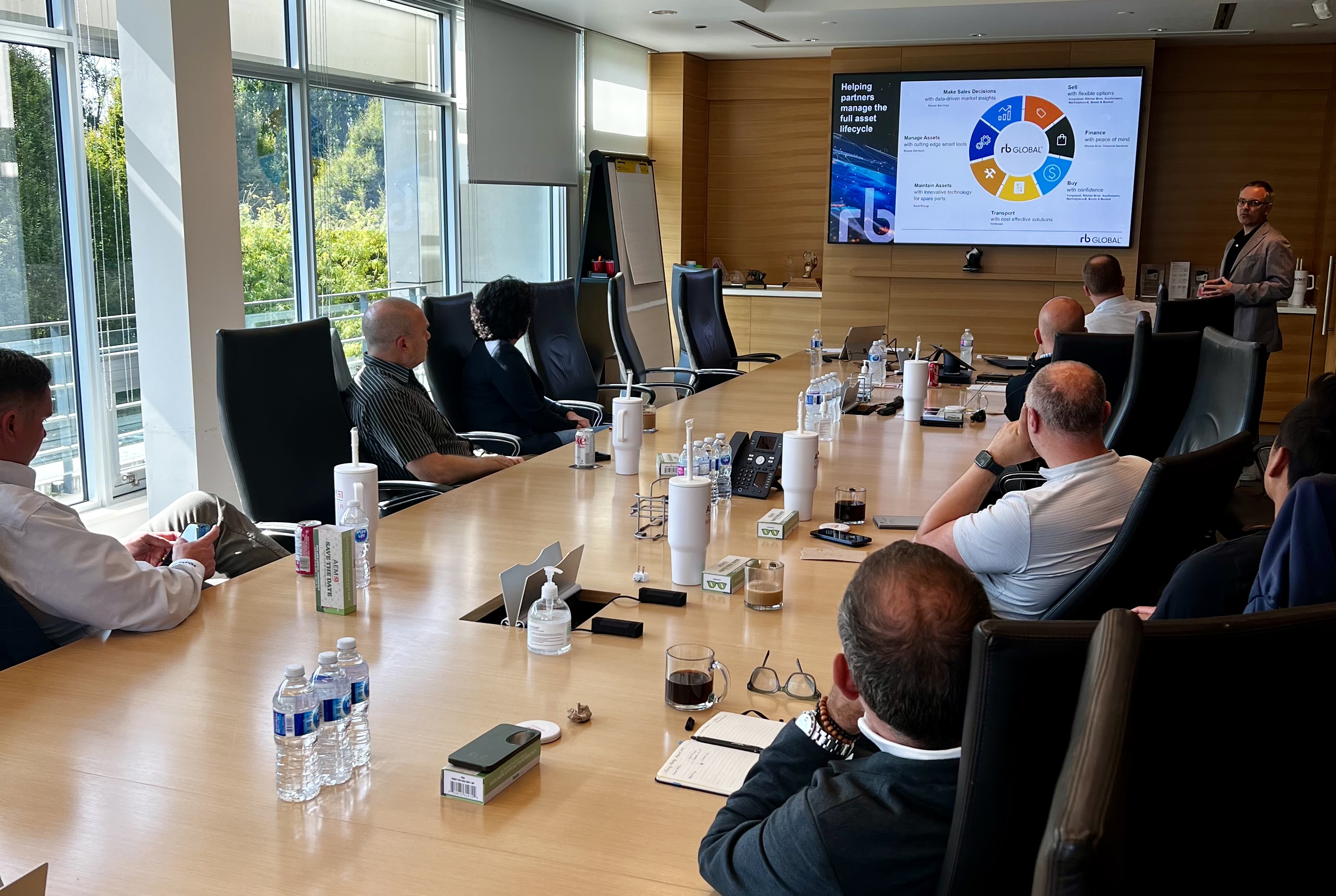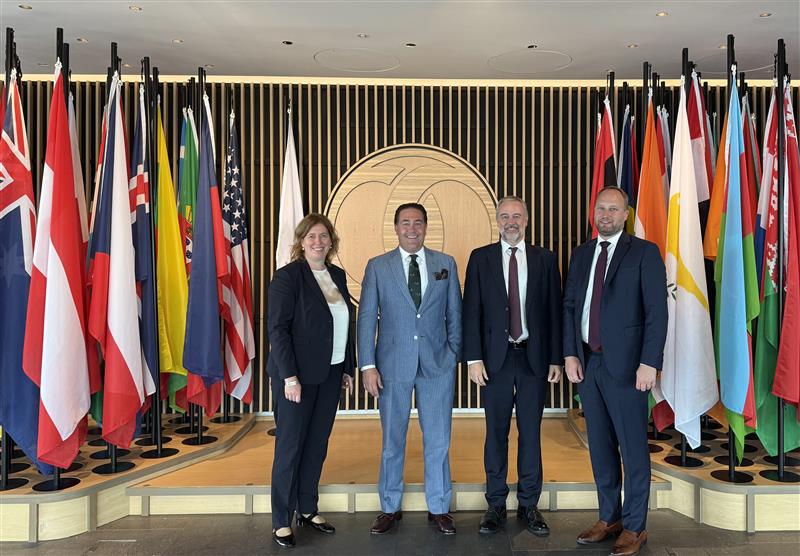Digital construction technology is revolutionizing how we build modern infrastructure. Advanced tools including embedded sensors, digital twins, 3D modeling, building information modeling (BIM), automation, and drones are dramatically improving safety outcomes, reducing material waste, preventing costly project errors, and cutting overall construction costs.
With the current surface transportation bill set to expire in September of 2026, it is critical that Congress continue to support investments in this technology. In response, AEM and its industry partners have increased advocacy efforts over the last year to secure federal incentives encouraging project sponsors to invest in digital construction technologies.
These technological advances address persistent industry challenges such as inflation, material costs, and labor shortages, while opening new avenues for innovation, operational efficiency, and economic opportunities. As these systems continue to mature and integrate with existing workflows, they are becoming indispensable for meeting global infrastructure demands, advancing sustainability goals, and promoting safety.
In 2021, as part of the Infrastructure Investment and Jobs Act (IIJA), Congress recognized the importance of accelerating the adoption of digital construction technology. Congress invested $100 million ($20 million annually over five years) in funding to support advanced digital construction management systems (ADCMS) technologies -- specifically targeting improvements in transportation infrastructure design, engineering, work zone safety, construction processes, and ongoing operations. In heavy non-road construction equipment, ADCMS technology drives efficiency gains through sophisticated machine and grade control systems, optimized engines and drivetrains, advanced digital control interfaces, and comprehensive machine telematics.
To bolster this effort, AEM has submitted formal comments to the House Transportation & Infrastructure Committee and Senate Environment and Public Works Committee and joined a coalition letter emphasizing the critical importance of these investments. Both initiatives underscore the importance of the ADCMS program and the need to reauthorize this program in the next surface transportation bill.
These technological investments deliver substantial value to taxpayers through multiple channels: accelerated construction timelines that reduce project duration, optimized material usage that cuts waste and costs, and enhanced ability to attract skilled workers to the construction industry. In 2023, AEM published a study, “Benefits of Construction Equipment Technologies and their Impact on Society.” This study provides tangible examples of efficiencies and advances brought about by the adoption of digital construction technology. For example, through the use of construction equipment fitted with precision grade control technologies, the amount of concrete and asphalt saved on public road construction projects each year is enough concrete and asphalt to pave a two-lane highway from Chicago, Illinois, to Phoenix, Arizona (approximately 1,700 miles).
In addition to these tangible examples, state departments of transportation recognize the importance of this technology. Since its inception, the ADCMS program has been oversubscribed, but many state departments of transportation are eager for further ADCMS program funding. While an increase in funding for the program would solve many problems, the current political climate poses several headwinds. Although not ideal, maintaining current funding levels would be a win not just for the industry, but also for state departments of transportation.
As House and Senate committees begin drafting the next surface transportation reauthorization bill, AEM and the digital construction coalition will maintain their bipartisan engagement with Congress members. Current outreach efforts have been met with positive reactions on Capitol Hill, with lawmakers understanding the cost and time-saving opportunities. We thank our champions of this issue, Senators Boozman and Cramer, for their leadership on this topic and look forward to further discussions during the surface transportation reauthorization negotiations.
AEM’s goal remains clear: emphasizing the strategic importance of digital construction technology and securing the investments and support necessary to maximize the impact of federal infrastructure funding.





